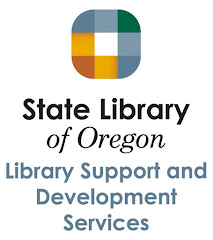Halsted, Deborah D., Shari Clifton, Daniel T. Wilson. Library as Safe Haven: Disaster Planning, Response, and Recovery. Neal-Schuman, 2014. ISBN: 978-1-55570-913-6
Description
Part of Neal-Schuman's How-To-Do-It Manual for Librarians series, this book lays out the nuts and bolts for developing a continuity of operations plan in the wake of disaster in the community. Topics covered include:
- An eight-step approach to developing a risk assessment plan
- How to draft a one-page service continuity plan
- Information on how to use mobile devices and social media effectively in times of disaster
- Sample disaster plans, along with model exercises, manuals and customizable communications
Table of Contents
Chapter 1. Risk Assessment and Continuity of Operations Plans
Chapter 2. Responding to a Threat
Chapter 3. From Self-Reliance to Asking for Help
Chapter 4. A One-Page Service Continuity Plan
Chapter 5. Tapping the Potential of Mobile Technologies and Social Media for Preparedness and Response
Chapter 6. Personal Preparedness and Possible Impact on Library Services
Chapter 7. Leveraging the Library
Chapter 8. Two Model Scenarios for Cooperative Engagement
Appendix: Resources


